All about I-beams 20B1
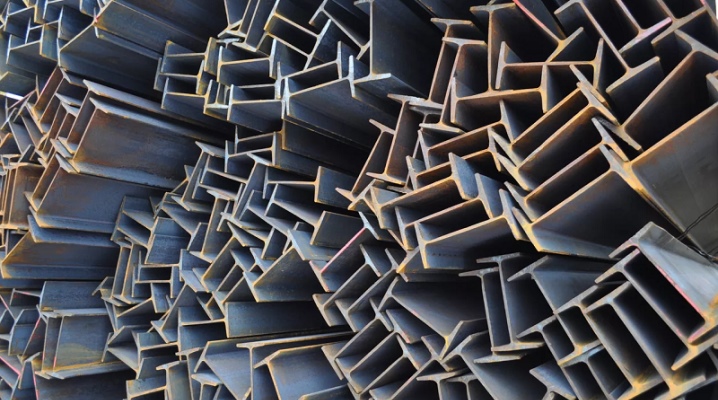
I-beam 20B1 is a solution that can help out in a situation when there was no access to channel products at the facility under construction due to the specifics of the project. Where the channel has not fully revealed itself as the basis of a wall or ceiling, an I-beam will do quite well.
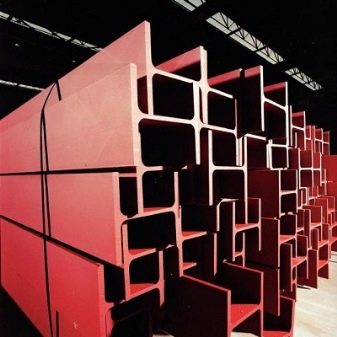

general description
An I-beam allows you to organize a connection that is no less strong and reliable than a channel. The beam has a double-sided cross-section, while, in contrast to the channel, the beam has one more stiffener, which significantly increases its torsion resistance. In terms of load, the beam surpasses the channel by about 20%.
To work with such loads, special beams are used, the so-called wide-shelf beams. They may differ in the width of the shelf, the height of the wall - however, 20B1 is not. The consumption of 20B1 steel is low - as in similar I-beam sizes. In terms of strength, it exceeds a similar channel, as well as in volume, which it occupies in the wall.
An I-beam is a metal unit with parallel flange edges, which in cross-section looks like the letter "H".
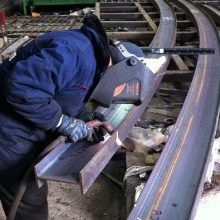
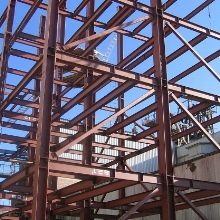
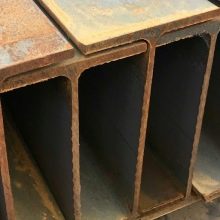
Features of production
I-beam 20B1 is made of low or medium carbon steel. Method - hot rolling: the cast products cool slightly, turning from liquid steel into a softened state, then rolled on the rolls of a rolling machine. Most of the steels from which such products are made begin to be forged at a temperature of 1200, and finish at 900 degrees. The softening point is around 1400 Celsius.
The force with which the rolling machine exerts pressure on the blanks being formed can exceed the specific pressure that a blacksmith's hammer or sledgehammer exerts on a similar blank. After the blanks have cooled down by several hundred degrees, they are annealed, if necessary, and released, which removes residual stresses. Beams are subject to storage in the warehouse in boxes or packs, when ventilated and avoiding a relative humidity of more than 50%, since the steel grades from which they are made are mostly rusting.
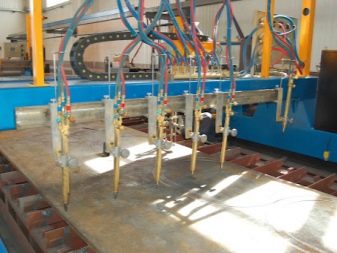

The advantages of the I-beam 20B1 include the following features.
- The variety of areas of national economic activity in which these units are used: an I-beam is mainly a supporting structure, in this regard it is not inferior to a channel.
- Sizes differing from each other - from 10B1 to 100B1.
- High-speed installation of the I-beam - due to the good machinability of the steel alloys of the grades from which it is produced.
- Relatively low cost - compared to a solid steel bar or a round-cast product.
- Relative reliability - I-beams 20B1 are not inferior to channel-20/22/24.
- Ease of transportation and relative strength - according to these characteristics, I-beams are not inferior to channel bars.
The disadvantage is that stacking is noticeably increased in comparison with strip steel, corner and channel. The I-beams are turned over in a special way so that the cut-off products enter the corresponding technological gaps with their shelves, catch on them. A large volume of transportations requires serious work of loaders - you cannot throw an I-beam in a "mountain", like fittings, sheets or strips, and you cannot put several or more pieces in a section, like a corner: a lot of empty space is formed.

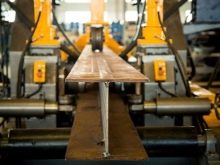
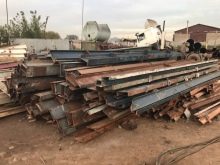
The most "running" steel for an I-beam is the composition of the St3sp type. In cheaper analogs, semi-calm steel is also actively used - that, in contrast to calm, is somewhat more porous (micro- and nanopores), due to which destruction during rusting occurs noticeably faster. Calm steels are distinguished by a denser and more homogeneous structure, since they do not contain any air (gaseous) inclusions that are noticeable in terms of durability. So, nitrogen can be added to some semi-calm and boiling steels - in terms of atomic gas, this inclusion, although it makes the steel alloy susceptible to faster rusting, but at the same time improves a number of other characteristics of the composition from which the I-beam is melted.
An analogue of St3sp steel is the more highly alloyed 09G2S. However, from stainless alloys containing 13-26% chromium by weight, I-beams, like other most massive structural elements, are almost never produced. The only exceptions are decorative reduced copies of 20B1, whose cross-sectional area is several times lower than that of the original: for example, a small I-beam can be used to fasten the finishing flooring, a natural board of furniture (elements to each other), and so on.
The auxiliary beam 20B1 can be completely melted from non-ferrous metal, for example, from aluminum, but this case is special.

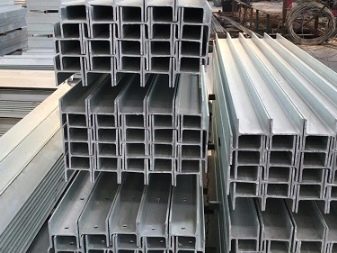
Specifications
The radius of the inner bend - transition from the shelves to the main lintel - is 11 mm. Wall thickness - 5.5 mm, shelf thickness - 8.5 mm (previously produced as "8-millimeter paper"). The total height of the product standing on one of the shelves (flat) is 20 cm. The product is shelf-parallel, without bevel of the inner edges of the shelves. The width of the shelf in both directions (the sum of the sides, taking into account the thickness of the main lintel) is 10 cm. Inertial indicators are of interest only for engineers by calculation - an ordinary "self-builder", for whom this is only a load-bearing building material, may not pay special attention to these values: load capacity (total) is taken into account, as a rule, with a threefold margin, and not "end-to-end".
The density of steels (for example, the composition of grade St3), from which these I-beams are produced, is 7.85 t / m3. This is the average value multiplied by the actual volume of the I-beam, which is equal to the product of its cross-sectional area by the height (length) of the workpiece. The unit for measuring the length - general and element-wise - is a running meter. There are only 44.643 meters in 1 ton of I-beam 20B1 - respectively, the weight of 1 m of the same product is 22.4 kg. Cross-sectional area - 22.49 cm2. Multiplying this value by section 20B1 in 1 m, we get the approximate desired weight - taking into account the "gost" errors in thickness, width and length in the projections required for measurement. Alloys, which are similar in properties to the composition of St3, rust in air even in dry weather, albeit slowly. This means that painting the I-beam after installation is mandatory, since the relative humidity of the air can vary from 0 to 100%, depending on the environmental conditions and the microclimate in the building / construction.
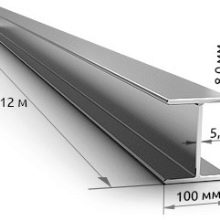
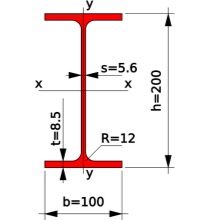
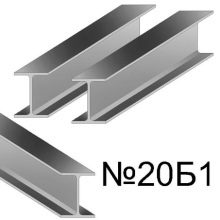
Top manufacturers
The leading manufacturers of I-beam 20B1 and similar standard sizes are the following Russian enterprises:
- NLMK;
- VMZ-Vyksa;
- NSMMZ;
- NTMK;
- Severstal.
Most of the products of these varieties are supplied by NTMK.
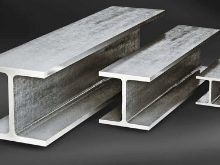
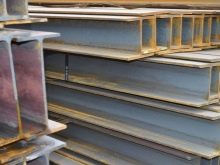
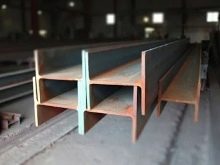
Applications
The dimensions of the 20B1 I-beam and its general geometry are such that it has found application as a structural element in the construction of shopping and entertainment centers and supermarkets, the construction of floors and coverings, bridges and flyovers and turns, truck crane mechanisms, staircases and platforms between floors, and all kinds of supporting structures. The engineering industry implies the operation of these structures as frame and hull bases - for example, in the construction of wagons, trailers (including trucks), which is used with no less success, for example, when delivering all the same building materials.
Machine-tool building, especially conveyor building, is not limited to the use of only one I-beam - in combination with it, other professional steel is used, for example, U-beams. T-bar ferrous metal is produced in standard sections of 2, 3, 4, 6 and 12 m.Special order provides for non-standard division of 12-meter beams, for example, into 2- and 10-meter ones, as well as the production of super-long sections - 15, 16, 18, 20, 24, 27 and 30 m.
The last of the assortments is special - the factories are ready to cooperate with such customers.
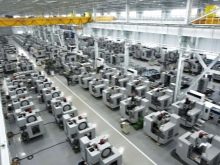
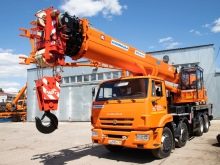














The comment was sent successfully.